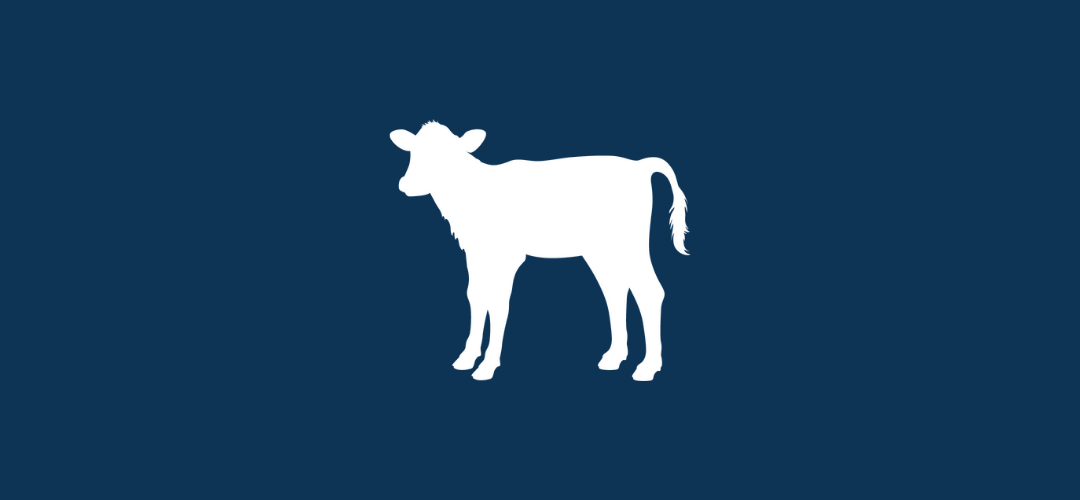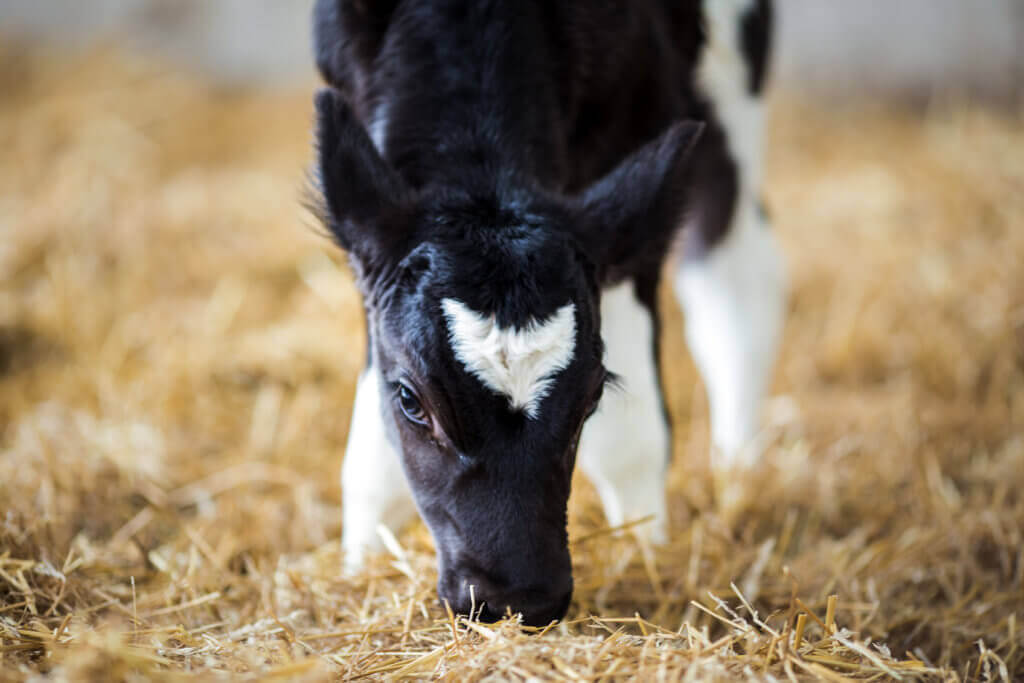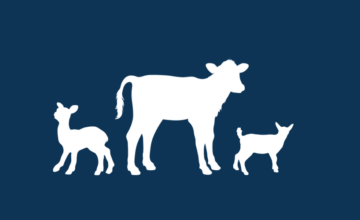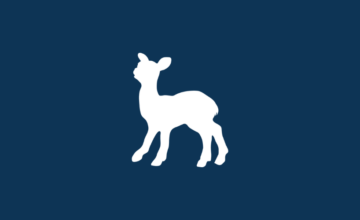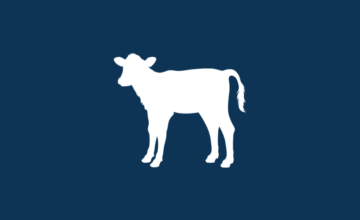With drops in quota and elimination of incentive days, you might be tempted to feed excess whole milk to calves. While this can seem like a good option during these times, there are a few things to consider to successfully use saleable whole milk on your farm.
Feeding a protein: fat ratio of 1.2:1
Over the years demand for butter fat for human consumption has risen drastically, thus creating a need to increase fat in whole milk through genetics and nutrition. While this is good news for human consumers, it does create challenges in feeding to calves.
Several studies have shown the importance of feeding a high protein diet to calves early in life and how it relates to 1st lactation potential. We want to feed our dairy calves for lean growth, which will allow them to have a larger stature and frame required for optimal breeding and milking. It’s more than just feeding high protein. There is a relationship between preweaning milk, fat, and protein production, and a positive relationship between first lactation performance and preweaning average daily gain.


